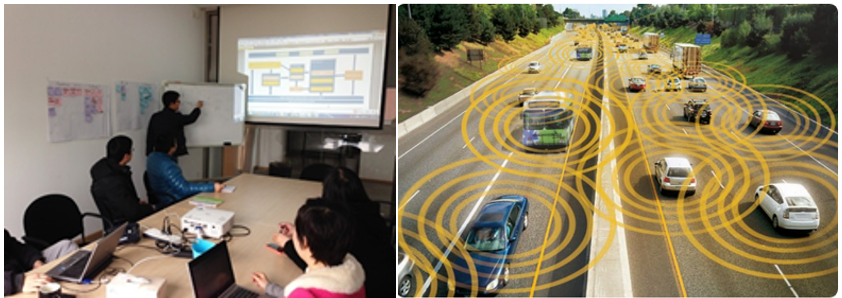
Traffic light management application
- WEGO |
- Smart Sustainable City Projects Catalog
Wuhan
To establish communication with this city regarding their project, please contact secretariat@we-gov.org
-
Fast Facts
City :
20,000+
Taxis sending GPS data
Region : Asia
National GDP Per Capita (USD) : 9,608 (IMF, 2018)
City Population: 10,607,700
Year Implemented : 2015
National Gini Index : 38.6 (World Bank, 2015)
Tags : MOBILITY DATA IOT
Technologies Utilized : Sensors, Mobile applications,GPS
Funding Source : PPP with Siemens
Project Cost :
Project Savings :
Planned Project Duration : Ongoing
KPIs : Time spent in traffic
-
Project Context and Overview
One of Central China’s most populous cities, Wuhan underwent rapid urban population growth reaching 10 million in 2010. Coupled with this growth was the rise in motorization. Between 2002 and 2010, the total number of private vehicles went up from 470,000 to 1.3 million. In addition to the population growth, the city area also expanded from 275km² to 440km² from 2002 to 2006, and then to 586km² in 2011. This expansion and rise in population resulted in an inevitable increase in urban infrastructure spending with investment in transportation infrastructure as a key component.
The city’s police force, traffic authority, and urban planning bureau established a Public Private Partnership (PPP) with Siemens Corporate Technology China to set up an Innovation Center in Wuhan to implement and utilize cutting-edge technology for efficient urban management.
One of the solutions they developed was a smartphone application that enabled officers of the traffic management bureau (TMB) to manually manage traffic lights in order to clear traffic and keep it moving. The approach is unique because the app synthesizes the information gathered from road sensors, networked traffic lights, and taxi drivers to inform the TMB on the traffic situation in the city. -
Project Planning and Implementation
One of Central China’s most populous cities, Wuhan underwent rapid urban population growth reaching 10 million in 2010. Coupled with this growth was the rise in motorization. Between 2002 and 2010, the total number of private vehicles went up from 470,000 to 1.3 million. In addition to the population growth, the city area also expanded from 275km² to 440km² from 2002 to 2006, and then to 586km² in 2011. This expansion and rise in population resulted in an inevitable increase in urban infrastructure spending with investment in transportation infrastructure as a key component.
The city’s police force, traffic authority, and urban planning bureau established a Public Private Partnership (PPP) with Siemens Corporate Technology China to set up an Innovation Center in Wuhan to implement and utilize cutting-edge technology for efficient urban management.
One of the solutions they developed was a smartphone application that enabled officers of the traffic management bureau (TMB) to manually manage traffic lights in order to clear traffic and keep it moving. The approach is unique because the app synthesizes the information gathered from road sensors, networked traffic lights, and taxi drivers to inform the TMB on the traffic situation in the city. -
Project Results
The app allows police officers to manually control the traffic lights without having to go to the control box. In addition, the city’s 20,000+ taxi vehicles send GPS position data to the traffic authority, and with this information, the app calculates vehicle speeds which inform TMB of the traffic flow in the city. This allows officers to identify bottlenecks and problematic intersections to make more informed decisions in managing city traffic.
It is important to note that Wuhan’s innovative smart transportation project was part of a greater effort to meet residents’ transportation needs. For example, the city also introduced fleets of new energy-efficient buses, a mass rapid transit system, safer pedestrian walkways, and bike lanes which contributed to creating a healthier, happier, and more sustainable city. -
Recommendations for Transfer
In order for cities to replicate Wuhan’s success, it is important to instill a multi-solution approach to traffic management. Aside from the app, the introduction of green buses, pedestrian walkways, and the promotion of bike use contributed to alleviating congestion and pollution in the city. For cities to be able to replicate the success of the app, sensors at different intersections need to be installed in order to better communicate to traffic controllers.
-
Figures and Images

-
External links

